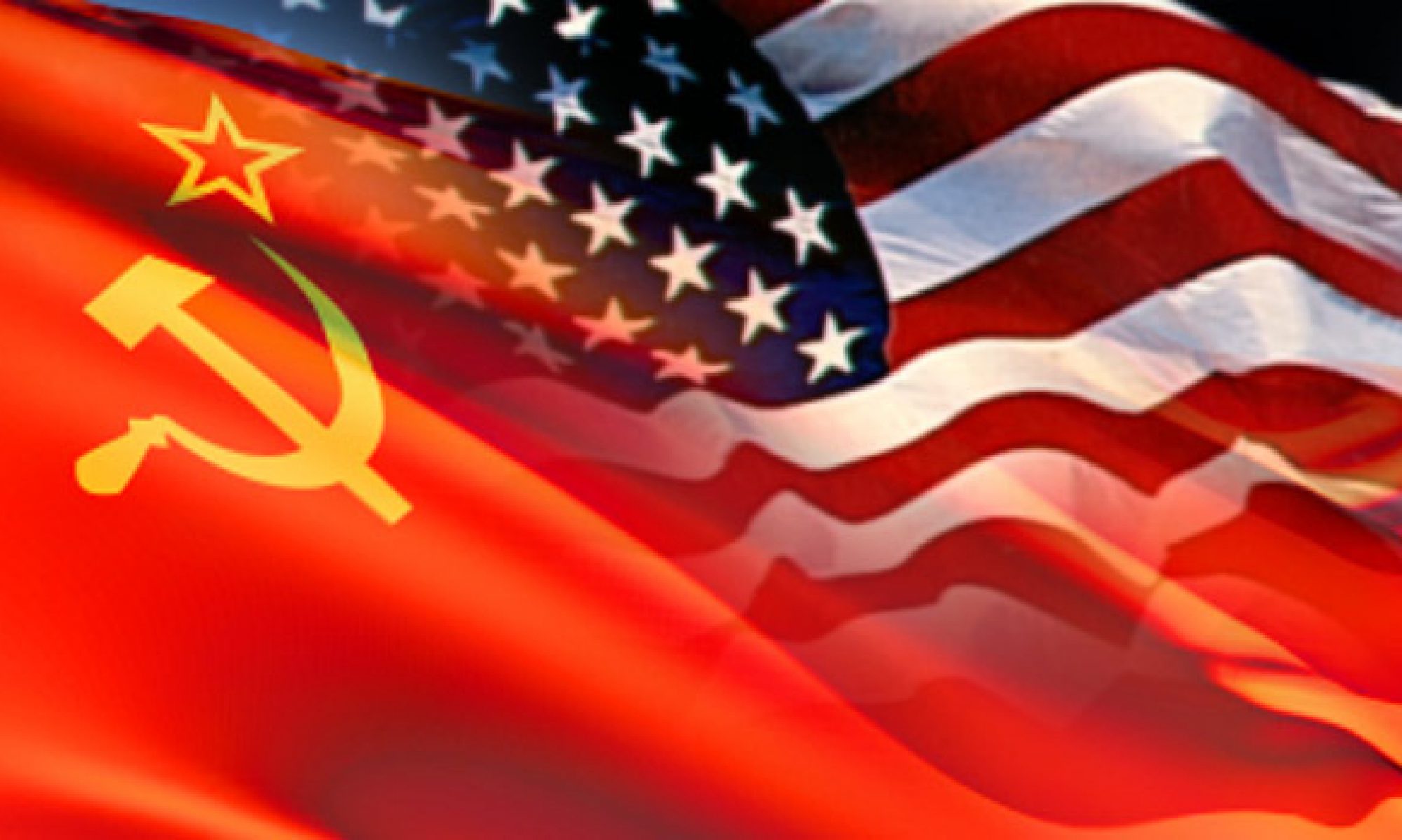
As the last aircraft trapped on Kitty Hawk, debriefings were already underway. Officers from Forrestal’s air wing, which was slated to handle the afternoon strikes, had flown over to Kitty Hawk and were present as CVW-9s aircrews recited the morning missions from their own perspectives. The Soviet tactics had come as a rude surprise. Forcing the Tomcats to come in and engage the MiGs at short range, in a sky already filled with SAMs and AAA negated some of the F-14s biggest advantages. Keeping a sizeable fighter force over the Severomorsk and Murmansk areas had also taken the second Tomcat squadron out of the equation by forcing it to loiter and wait in case the Flankers started coming south to join the air battle. In hindsight, the other major issue were the restrictions on hitting certain SAM and radar sites. CVW-9’s commander knew this restriction was responsible for at least three of his aircraft being shot down. The SAM sites had gotten their shots off first. If there was a concerted effort to knock back the SAMs and radars before the airbases were hit, things would’ve been different. The CAG typed up his report and had it distributed to his counterparts onboard Forrestal and Eisenhower.
After the morning strikes against the Kola, Strike Fleet Atlantic braced for the Soviet response. The three carrier groups had come in closer together and were now steaming southeast in the direction of the northern Norwegian coast. EMCON was in effect once more and the only emissions came from the pair of airborne E-2C Hawkeyes and the single EA-3B Skywarrior sniffing around for signs that Soviet bombers were on the way. On Forrestal and Eisenhower, the flight decks were filled with interceptors and additional radar aircraft, waiting tensely for word that the Backfires were inbound once more.
But it did not come. Strike Fleet Atlantic remained unmolested throughout the rest of the day. The Soviets did not even send their remaining Bears out to try and find the carriers. This was somewhat unnerving to Strike Fleet Atlantic’s commander, who did not think for a moment that the enemy was giving up. As the hours went by he felt certain that Ivan had something unpleasant up his sleeve.
Post-Strike BDA and ELINT data indicated both Afrikanda and Olenya were seriously damaged by the morning attacks. So much so that the fighters still at Afrikanda were being dispersed to Kirovsk and other nearby fields until their home field was fully operational again. The afternoon strikes would ignore Afrikanda and concentrate on Umbozero-South, which was a staging base for Backfires, along with air defense sites in the vicinity.
Forrestal’s CVW-6 was responsible for the afternoon’s missions. A handful of adjustments were made to better deal with some of what Kitty Hawk’s aviators encountered that morning. Launch time was set for 1545 and went off without a problem. One squadron of Tomcats conducted a fighter sweep of the ingress routes, hoping to provoke the fighters scrambling from Severomorsk area airbases into action. It wasn’t to be. The Flankers perched over the northern area of the Kola and remained there throughout the series of air attacks by US carrier aircraft farther south. The other Tomcat squadron did not move in to engage at close range. Umbozero-South’s location was beyond the morning’s targets. Fuel was a legitimate concern, so a wave of Phoenix missiles was launched at the MiGs rising to defend Umbozero. This was followed by a stream of AIM-7 Sparrows and then the second Tomcat squadron broke off, leaving the inbound Intruders and Corsairs to contend with SAMs, AAA and a handful of surviving MiGs.
The end results were strikingly similar to the morning’s results. Umbozero was plastered by iron bombs and Rockeyes, resulting in at least a dozen Backfires destroyed. Since it was a staging base, it did not have the infrastructure of larger airbases in the region, meaning most of the attention of the attackers was concentrated on the flight line, runways and revetments. CVW-6 losses were slightly lower. One A-6, two A-7s and a single Tomcat were downed in the afternoon, with numerous other aircraft recovering on the carrier with damage.
Later in the evening, Strike Fleet Atlantic was ordered by SACLANT to halt preparations for follow-on airstrikes and prepare to receive new orders and revised rules of engagement early the next morning. It was left unclear what triggered the order change or whether the turn of events was to be regarded as a positive or negative development.

Thanks for getting the old girl Skywarrior into one last war. LOL
LikeLiked by 1 person
The girl deserved at least one final dance.
LikeLike
I’m hanging on the edge of my seat to know what happened on the Soviet end!!
LikeLiked by 1 person
That will be revealed in the coming Politics of Armageddon entry. At least partly
LikeLike
This really is marvelously well-written. In an ocean of bad techno-thriller and alternate history writing, you are good….
LikeLiked by 1 person
Thanks so much for those very kind words. Makes me feel like I’m doing this right. 🙂
LikeLiked by 1 person